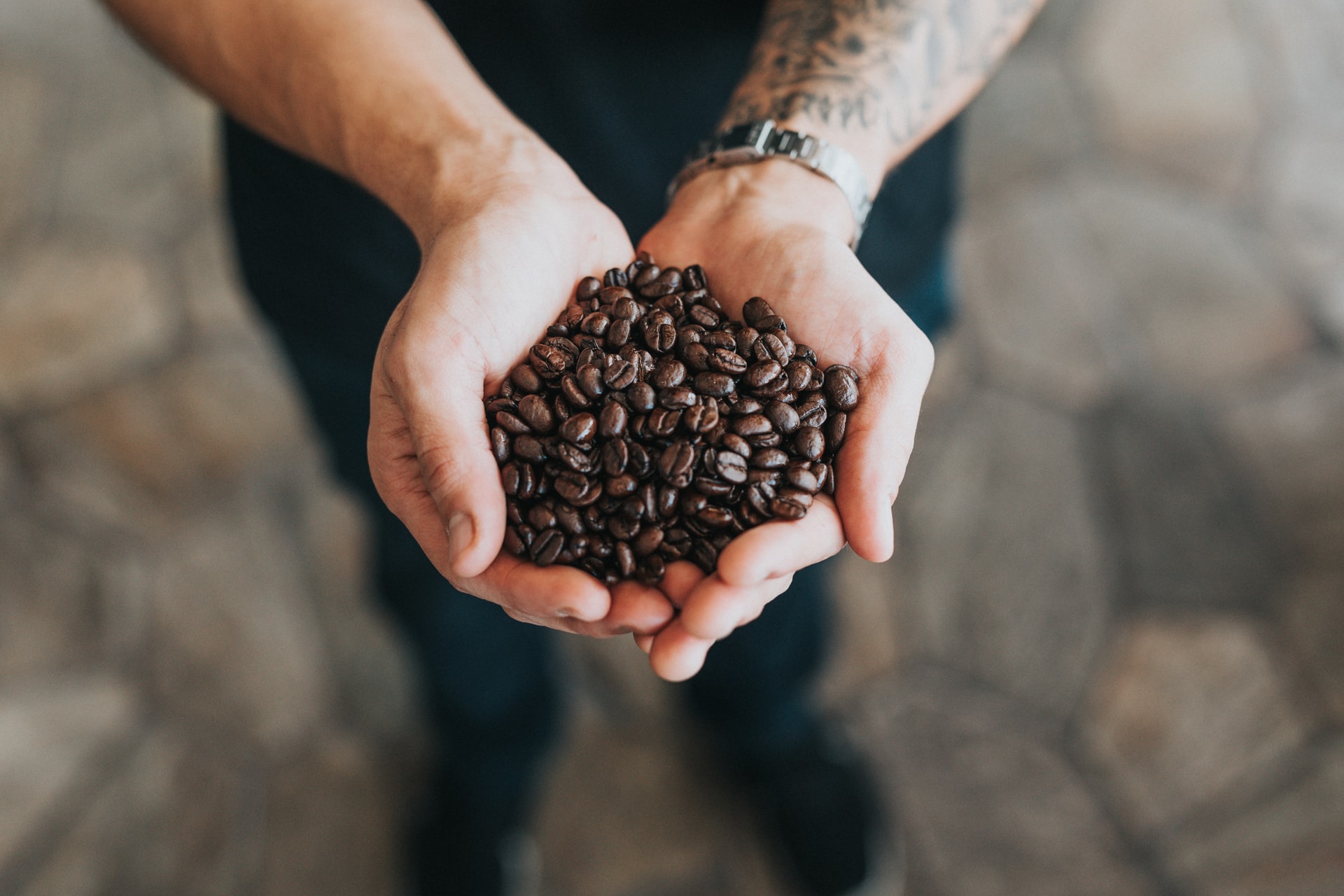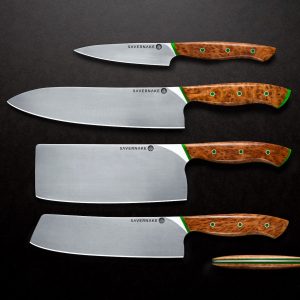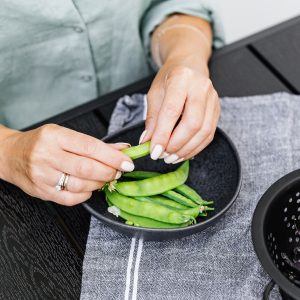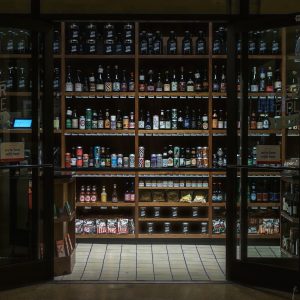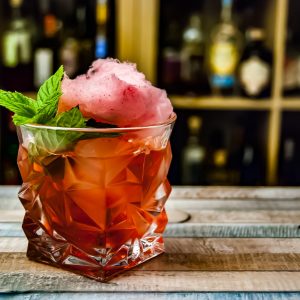We all have been there. It could be wine or chocolate, potatoes, cheese, or any other food. You can be paralysed just staring at the options available before you.
Coffee is no different. There are many choices and a lot of information. Not everyone can help you find the right coffee for you. Today, we’ll show you how to make an informed decision when making the next important purchase for yourself or someone you care about. Be ready to make the best decision of your life, no matter if you’re looking at a coffee menu or purchasing delicious beans.
Roast Profile
This is where you will find your preferred brewing method. There are no wrong answers. Just choose what you enjoy drinking.
Espresso roast vs Filter roast. These tags are a sign that the coffees that have these tags proudly displayed were roasted using specific brewing equipment. The espresso roast coffee is roasted in the roaster to increase caramelization and body. It can then be prepared on an espresso machine to extract delicious elixir. In order to preserve more of its sparkling acidity, a filter-roasted coffee is not as developed. You should look for bags with a filter-roasted label if you are preparing coffee manually by pouring or using an immersion brewer such as an Aeropress Clever Coffee Dripper.
Blended or Single Origin
This can be a very difficult area so I’m using a broad brush. You can drink your coffee with milk if you choose a blend. You can choose one origin if black coffee is your preference.
With a blended coffee, most of the time, specific single origins have been chosen to use in that blend that create a complex and balanced espresso while still having a milk based beverage in mind. These coffees are carefully selected to enhance the espresso’s body, add delicious brown sugaring flavours or simply to add floral complexity. For more awesome information on this check out this article; Blends — more than the sum of their parts.
A single origin coffee is from a single known geographic location, such as a farm or estate. This allows coffee drinkers the ability to taste the distinct characteristics of each region. If you drink black coffee, you’ll be able to enjoy the subtlety in flavour more easily without milk.
Can a single origin milk well? Absolutely. Yes. You’re darn tootin’. It all depends on which single origin is being used. Let’s move on…
Processing
It is important to know the process of your coffee before you buy it. This can be done by simply indicating the processing method on the bag or coffee menu. These factors will make your coffee experience unique, even though it is the same coffee.
A “wet processed” coffee has the cherry’s outer pulp removed. The coffee is then fermented, washed, and dried. It often results in a coffee with great flavour and bright complex acidity. Because the fermentation process is controlled, this method is more popular among producers.
A natural processed coffee refers to a coffee that has been dried with the cherry remaining on the bean. The parchment is used throughout drying, allowing the sugars and fruit flesh to transfer onto the seed. It is often called a “fruit bomb”, and it has a wonderful aroma and wine-like character. These are the most popular methods, but there are other options available such as Honey Processed, which is somewhere between Washed & Natural and Wet Hulled.
Selection of Origin
The growing conditions and economic factors of coffee vary widely across the globe. It’s not surprising that coffee from one country may be different from another. Wine drinkers have always been fascinated by this phenomenon. They know that a French wine may have distinct aroma and flavour characteristics than an Italian or Australian wine. Coffee prefers to grow at warmer latitudes, between the Tropic of Capricorn (and the Tropic of Cancer). This area is also known as the ‘coffeebelt’. There are many variables within this band, including altitude and rainfall, soil conditions, sunlight, and sun. These variables can all affect the taste of your coffee.
So, how can I narrow the vast array of options down to what I may like best? You can find fruity and floral flavours in blends made with African coffees (think Hi Fidelity). Many coffee drinkers are captivated by the prospect of inhaling complex wine-like and berry-like aromas from Ethiopian beans. Or you might salivate at the thought that you can slurp on Kenyan-influenced coffee with a stone fruit flavor.
If you are looking to find clean coffees with delicate sweetness and sweetening, like buttery pastry or chocolate, along with a more fruity character, South and Central American coffee might suit your needs. This region is home to most of the world’s coffee production. It’s very likely you’ll find a winner. Brazil is known for producing coffees with a heavy body and peanut flavour (think Crompton Red blend). These flavours can be found in Colombia further north, but they tend to be more mellowed. Sounds delicious! Are you sure I’m not the only one who thinks so?
You might prefer coffees with a heavier body and earthier character from the India or Indonesian regions. These coffees often have a rich, syrupy body with savoury and herbal flavours.
Different varieties are grown at Santa Felisa Estate (Guatemala).
Coffee Family Tree, Cafe Imports
Yellow Bourbon, Brazil
Typica hybrids in Bali
Different varietals are grown on Santa Felisa Estate, Guatemala.
Coffee Family Tree, Cafe Imports
1/4
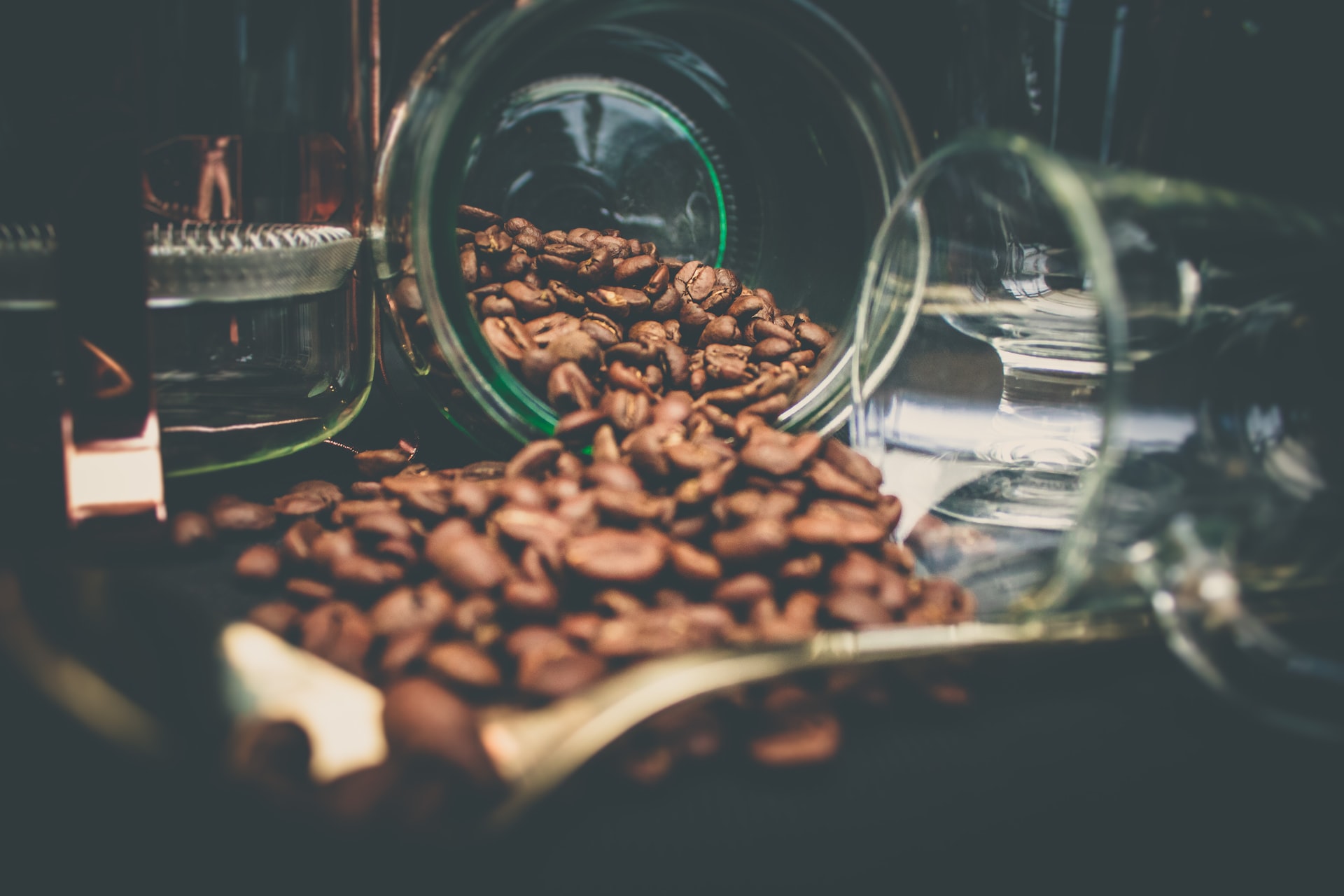
Roast Freshness
Coffee is said to keep forever. This is one of the greatest coffee myths. The opposite myth, that coffee is ‘bad’ and should be thrown out after 2 weeks, is also misleading.
So, what’s the deal? There’s only one choice. Coffee is a coffee, or a cherry, and it’s a carefully processed agricultural product. It is best to be fresh.
How do we know what fresh looks like then? It is important to look for beans that clearly print the roast date. If a coffee doesn’t give this information, it probably won’t. Avoid packaging that has a “best before” or a “2014” printed on it.
What is the best time to purchase and when should I finish my coffee? It is best to buy freshly roasted coffee and make sure that you use it up within three weeks of the printed roast date. The best ‘peak’ flavour time is usually between day 7-14, which is the norm at most great cafes. While you could still use beans up to four weeks, most beans will lose their quality and intensity after day 14. This can lead to very disappointing cups and sad faces.
Filter roast for manual beer making
Espresso roast for espresso machines!
Filter roast for manual beer making
Espresso roast for espresso machines!
1/2
Varietals
Coffee is a fruit. Apples are always a good example of how varietal can play a part in determining preference. Apples are loved by most people. This is a safe bet. There are many preferences when choosing an apple variety. It is common for people to disagree on which variety of apple is best: ‘Fuji”, Golden Delicious’ and / or ‘Pink Lady’.
Caturra, Typica, Bourbon are the most popular coffee varieties. Although many countries favor a specific variety, it’s not uncommon for some varieties to be transplanted into other regions. The Geisha is one of the most highly sought-after varieties on the globe. You can find everything from dark berries to mangos and even peaches in the Geisha variety, thanks to its rich sweetness and clarity. Although Geisha coffees are usually priced at the right price, if you have a coffee-loving friend or family member who is in need of a gift, this is an excellent choice.
Santa Felisa Estate, Guatemala: Experimenting in a variety of processing methods
La Florencia in Nicaragua: Washed coffee drying
Ethiopian natural coffee drying
Black honey (left), and yellow honey (right) are processed coffee from Minor Esquival’s farm La Pastora in Costa Rica.
Santa Felisa Estate, Guatemala: Experimenting in a variety of processing methods
La Florencia in Nicaragua: Washed coffee drying
1/4
Altitude
This helpful information will help you learn more about the growing conditions. Coffee’s altitude can have a significant effect on the sweetness and acidity of a particular cherry. The coffee plant uses sugar as an energy source and will use it when faced with difficult conditions. Smart move by the coffee plant, but less delicious for us. Coffee needs average temperatures of 18C to 23C. To maintain this temperature, it prefers higher elevations.
What are the numbers I should be looking out for? Anything that is above 1500 masl (meters above the sea level) will show a refined sweetness. At 1000mahl to 1250mahl the acidity has mellowed considerably and there are more earthy colors.
This is it folks. Next time you’re looking for a coffee to buy or drink, take a look at what information you’re given. Look at the common characteristics of the coffees you enjoy. You may be able to make better decisions when faced with many options. It might also help you discover new flavors in coffee.
For more information, check here.

